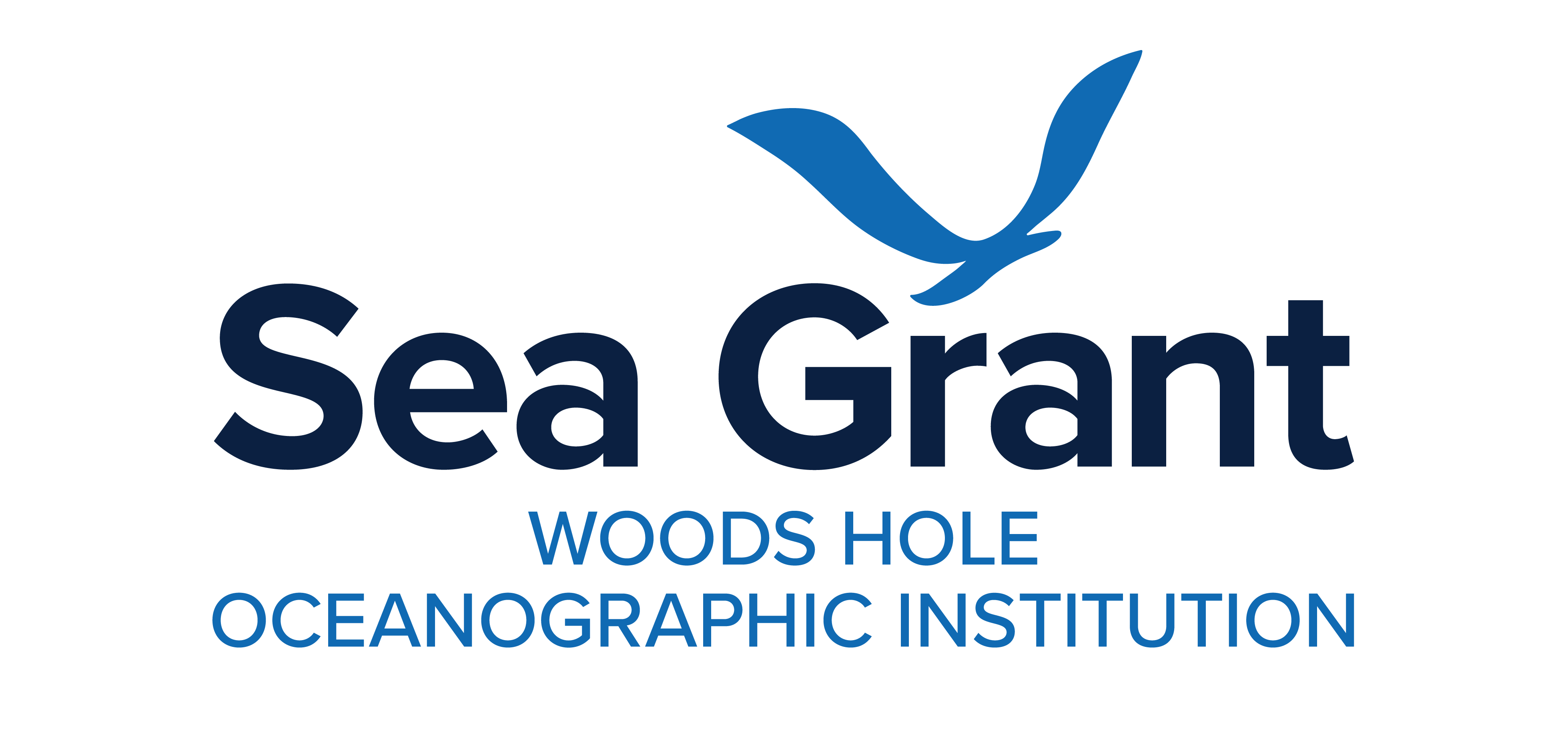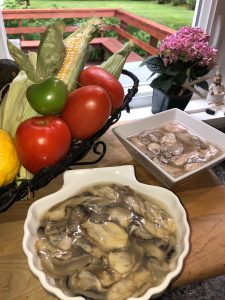Search results for: cheap%20airline%20tickets%20to%20arizona%20for%2017%20year%20olds%20phone%20number%201-800-299-7264
Update on River Herring Network
Update on River Herring Network Dec. 2017 — Each spring river herring come from the ocean and swim, or “run” up rivers to spawn in ponds and slow sections of rivers. Each fall, Massachusetts river herring wardens gather together to talk about their favorite fish and discuss ways to preserve it. For centuries, people used…
Read MoreRiver Herring Network Update
Each spring river herring come from the ocean and swim, or “run” up rivers to spawn in ponds and slow sections of rivers. Each fall, Massachusetts river herring wardens gather together to talk about their favorite fish and discuss ways to preserve it. For hundreds of years, people used to gather herring at their local…
Read MoreRecent Peer-reviewed journal articles
Peer-reviewed journal articles acknowledging Woods Hole Sea Grant funding (2015 – 2017): Wheeler, J. D., Luo, E., Helfrich, K. R., Anderson, E. J., Starczak, V. R., & Mullineaux, L. S. (2017). Light stimulates swimming behavior of larval eastern oysters Crassostrea virginica in turbulent flow. Marine Ecology Progress Series, 571, 109-120. doi: 10.3354/meps12106 Sullivan, L.…
Read MoreMapping Katama Bay’s Restless Sands
Boaters on Martha’s Vineyard know navigational maps of Katama Bay become obsolete very quickly. Why do the sands at the bottom of the Bay shift so much and so often? Katama Bay has two inlets. Water pours in from Vineyard Sound through Edgartown Channel, and from the Atlantic Ocean through Katama Inlet. The size and…
Read MoreNOAA Live! Webinars
NOAA Live! Webinars • Wednesdays at 4 pm ET • Tuesdays at 3 pm ET – Alaska Series Features • Different NOAA expert and topic with each webinar • Moderated Q&A webinars with the scientists • Geared toward Grades 2-8 • Archive of past webinars with English captions and Spanish subtitles • Why do we…
Read MoreStudy Measures Nitrogen Removal by Shellfish
February 6, 2017 — Towns along Cape Cod and the Islands are looking to shellfish not only as tasty culinary treats, but also for help cleaning up waters degraded by excess nitrogen in the region. While nitrogen is essential for all plants and animals, too much nitrogen in ponds and waterways—often caused by fertilizer runoff…
Read MoreIs There a Market for Shucked Oysters?
It’s no secret that we’ve got a lot of oysters on Cape Cod. With restaurants closing due to the COVID pandemic, oyster growers have lost their primary customers and many are left holding the bag on this year’s oyster harvest. In Massachusetts, more than 90 percent of oysters are eaten raw on the half-shell and…
Read MoreWebinars: NOAA Live! archive
NOAA Live! Webinars The National Oceanic and Atmospheric Administration (NOAA)’s Regional Collaboration Network in conjunction with Woods Hole Sea Grant and the Woods Hole Oceanographic Institution is offering this series on Wednesdays at 4 pm ET during the 2020-2021 school year. We are also pleased to highlight the NOAA Live! Alaska Series, sponsored by…
Read MoreEllie Bors: A Year as a Sea Grant Knauss Fellow
Ellie Bors: A Year as a Sea Grant Knauss Fellow Ellie Bors, back row, far left, and other 2017 Knauss Fellows visited the State Department to learn about international relations. June 2018 — A year in D.C. as a Sea Grant Knauss Fellow can be a life-changing experience. The Sea Grant Knauss Fellowship is a…
Read More2017 NCC
Nantucket Coastal Conference June 6, 2017 Nantucket Atheneum Great Hall, Nantucket, Mass. Keynote Coastal Change Rob Thieler, USGS –Woods Hole, Center Director Coastal Erosion Shifting Sands and the Shorelines of Nantucket Andrew Ashton, Woods Hole Oceanographic Institution (WHOI) Sconset Geotube Update Maria Hartnett, Epsilon Associates; Twenty-three Years of Monitoring Sciasconset, MA Mitch Buck, Woods Hole…
Read More
